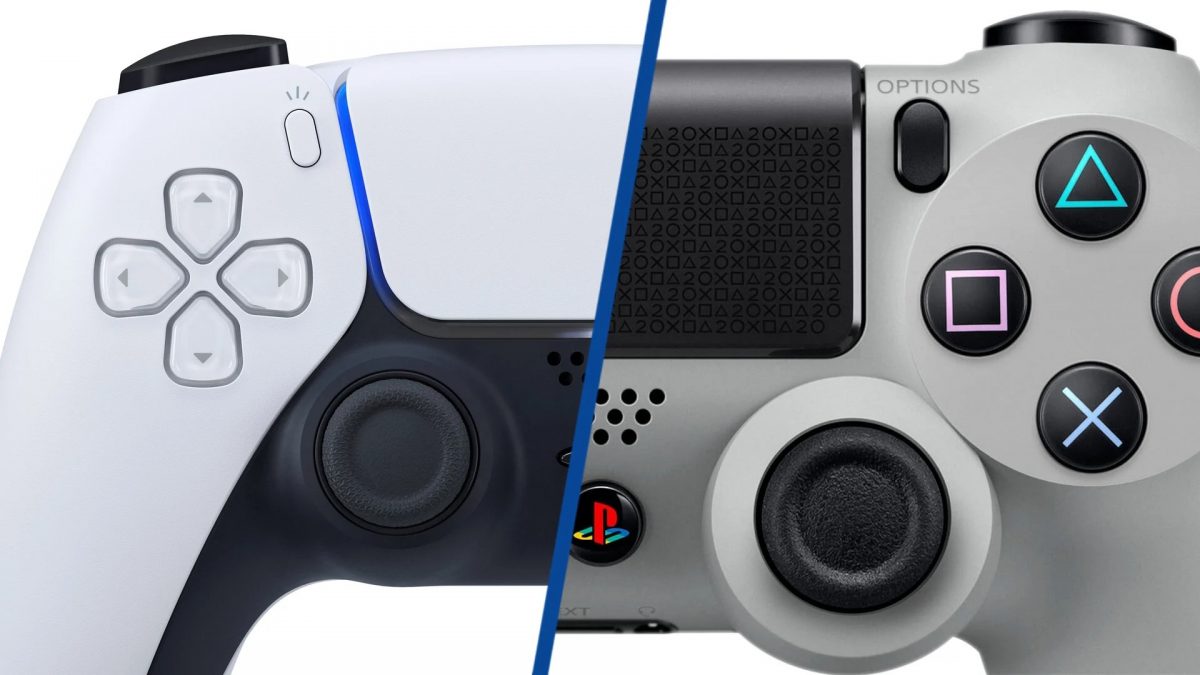We put the two generations of Sony consoles face to face. Power, speed, and efficiency are part of the DNA of PlayStation 5. We already know everything about the architecture of PlayStation 5 and we know all the details that are hidden behind its final design, its vast catalog of games, and the new DualSense controller that has been revealed during the PS5 presentation event.
A few months ago Mark Cerny showed the final technical characteristics of his new console, the most powerful machine in the history of Sony, and as we tell you in this article, we are talking about very powerful hardware, which we will put in context here by comparing it with its predecessor, PS4.
Comparison between PS4 and PS5- the new generation begins
Let’s start with the CPU. Although 8 cores remain, this time it is a 2 to 3.5 GHz Zen CPU with variable frequency; on PS4 there were 8 Jaguar 1.6 GHz cores. If you look at the GPU and the increasingly cited Teraflops, the new Sony console will have 10.28 TFLOP, 36 CU at 2.23 GHz with variable frequency; for its part, PS4 had a GPU power of 1.84 TFLOP, 18 CU at 800 MHz.
The PS5 brain will consist of 16 GB of RAM/256 bits of memory. The console we’re saying goodbye has enjoyed seven years of life with 8 GB of GDDR5 RAM. Bandwidth also increases and ranges from 176 GB/s to 448 GB/s.
Memory is also a fundamental aspect. “As video game creators, we went from having to distract the player on the journey – like Spider-Man subways – to being so fast that we might have to slow down the transition a bit,” Mark Cerny said at the presentation. And so it is- we have an SSD memory of 825 GB instead of 500 GB HDD or 1TB HDD current PS4 models.
PS5 VS PS4 – COMPARISON
| SS5 | PS4 | |
| processor | 8 Zen 2 cores at 3.5 GHz | 8 core Jaguar 1.6GHz |
| GPU | 10.28 TFLOP, 36 CU at 2.23 GHz | 1.84 TFLOP, 18 CU at 800 MHz |
| GPU architecture | RDNA 2 | GCN |
| Memory / Interface | 16 GB / 256 bit GDDR6 | 8 GB GDDR5 / 256-bit |
| Memory band | 448 GB / s | 176GB / s |
| storage | 825 GB SSD | 500 GB HDD |
| I | 5.5 GB / s, 8-9 GB / s on average | 50-100 MB / s (approximate) |
| Storage expansion | NVMe SSD slot | HDD |
| External storage | USB HDD compatibility | USB HDD compatibility |
| Player | 4K UHD Blu-ray | Blu-ray |

